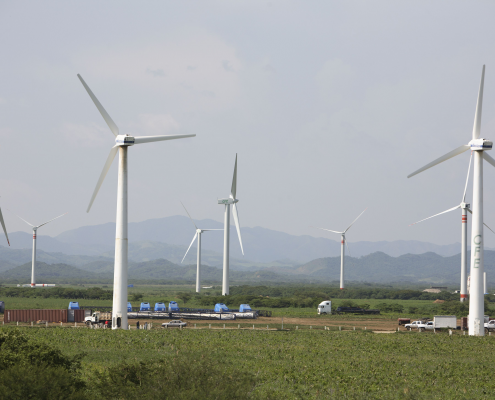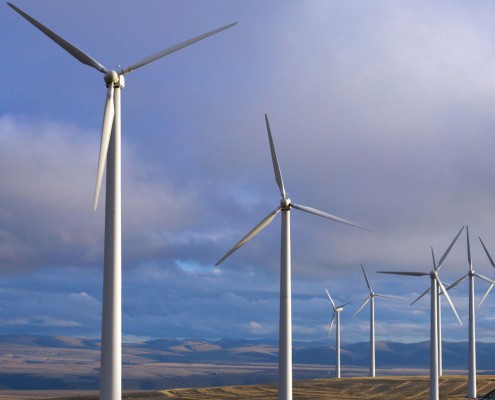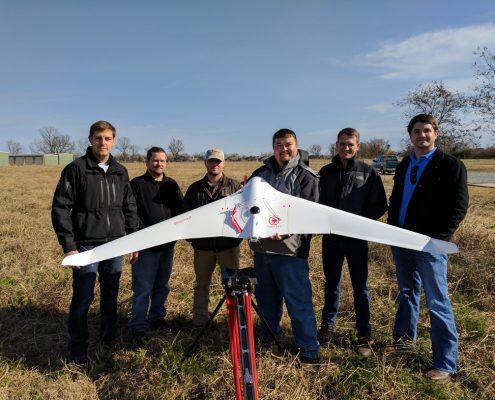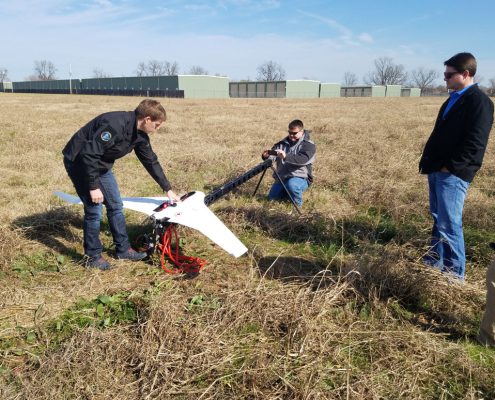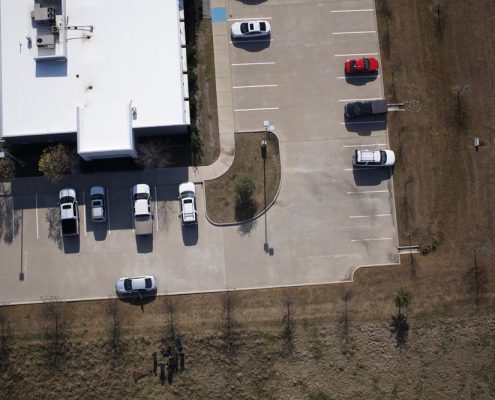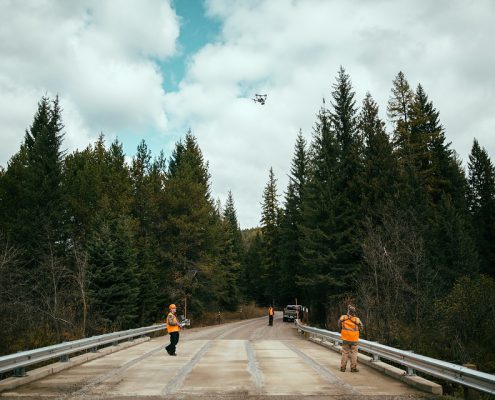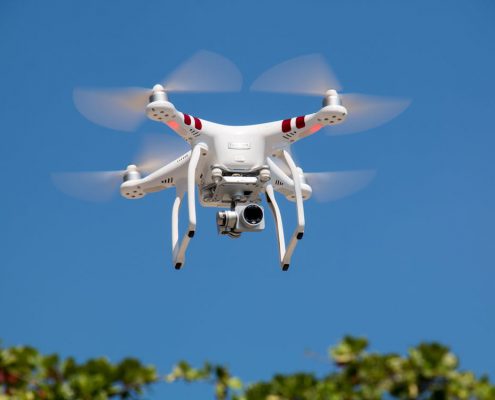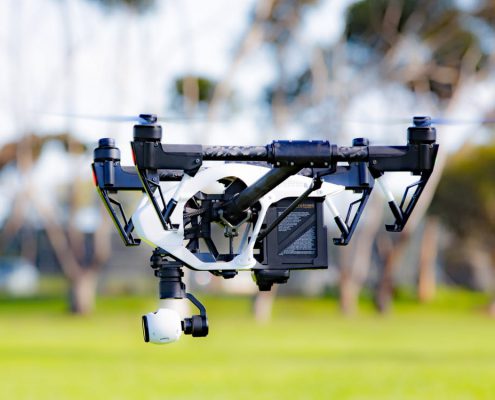6 Considerations When Selecting a Wind Farm Surveyor
When conducting a wind turbine survey, time and accuracy is of the essence. If your land survey is delayed, then your project will be delayed. Wind farms rely upon the accuracy of their land surveys to plan out the most efficient, effective routes for their turbine placement. The more accurate a land survey is, the more productive the wind farm will be. All of this makes selecting the right wind farm surveyor critical.
Here are six important questions to ask.
1. Are They Able to Cover Large Distances Quickly?
A ground survey is going to take a lot of time—time that a wind farm project may not have to spare. Wind farms tend to be over very large expanses of land, land which can be overgrown. If the environment is right, drone-supported LiDAR technology can be used to scan an entire project in as little as a few hours, depending on the size of the project. Airplane-supported LiDAR surveys can complete large surveys even faster—ideal early in the process of site selection.
2. What Methods of Scanning Do They Provide?
Many companies provide drone, helicopter, or airplane scanning, but very few provide all of these types. When looking for a wind farm surveyor, ask about the options the survey company has available. Depending on the size of the project and the weather, you may need to pivot between types of survey. If the area is windy, a helicopter or airplane will be better than a drone; if there are large areas to cover, an airplane will be better than a drone or a helicopter. Your needs for survey may change, depending on whether you’re using the survey for initial site location or turbine placement.
3. Can They Provide 3D Data?
Accurate data is absolutely critical to the success of a wind farm project. Wind farm projects demand a certain type of environment; once surveys are completed, a wind farm is going to need to be prepared for expensive, heavy, and advanced wind farm equipment. Landpoint’s LiDAR technology can provide up to 1 centimeter to pixel resolution. These LiDAR scans can then be used to create a 3D model for simulations and modeling. The entirety of a wind farm project can be simulated and tested before it begins.
4. Are They Able to See Through Overgrown Regions?
LiDAR has a clear advantage over traditional, photogrammetric analysis: it can see through overgrowth wires, and even thin cloth. If you need high resolution data that can cut straight down to the ground topology, then LiDAR is the best choice. Wind farms need to be placed extremely accurately if they are to be effective, and unexpected changes in elevation will need to be addressed during the process of development. Photogrammetric analysis can only map the topology that is visible to cameras, while LiDAR can go beyond the naked eye.
5. Can They Process and Analyze Land Survey Data Quickly?
If a surveyor provides in-house data analysis, they can likely produce land survey data quickly. If a surveyor needs to outsource their data analysis, it may take much longer. Relying upon a third-party to analyze the data that is produced by the survey can lengthen the amount of time a project takes, as both parties will need to wait on the other. It can also increase costs, as an organization that develops its data in-house will be able to reduce the total amount of overhead needed for each service.
6. Are They Able to Provide Both Initial and Monitoring Surveys?
Initial land surveys aren’t the only type of survey a wind farm may need. Monitoring surveys, when paired with sensors, are an easy way to quickly identify maintenance or repair issues with wind farm equipment. Through GPS tracking, the drones can immediately report the exact position of any identified issues. Drone surveys can save a company money when compared to on-the-ground surveys, which can lead to having more surveys completed and better maintenance overall.
Through aerial drones, planes, helicopters, and LiDAR, the right wind farm surveyor will be able to quickly survey a large wind farm plot with exceptional accuracy. At Landpoint, not only is advanced LiDAR technology used to produce high-resolution topological data, but drones and sensors can be used for both land surveys and continued monitoring services. For more information about the advantages of LiDAR, contact Landpoint.


